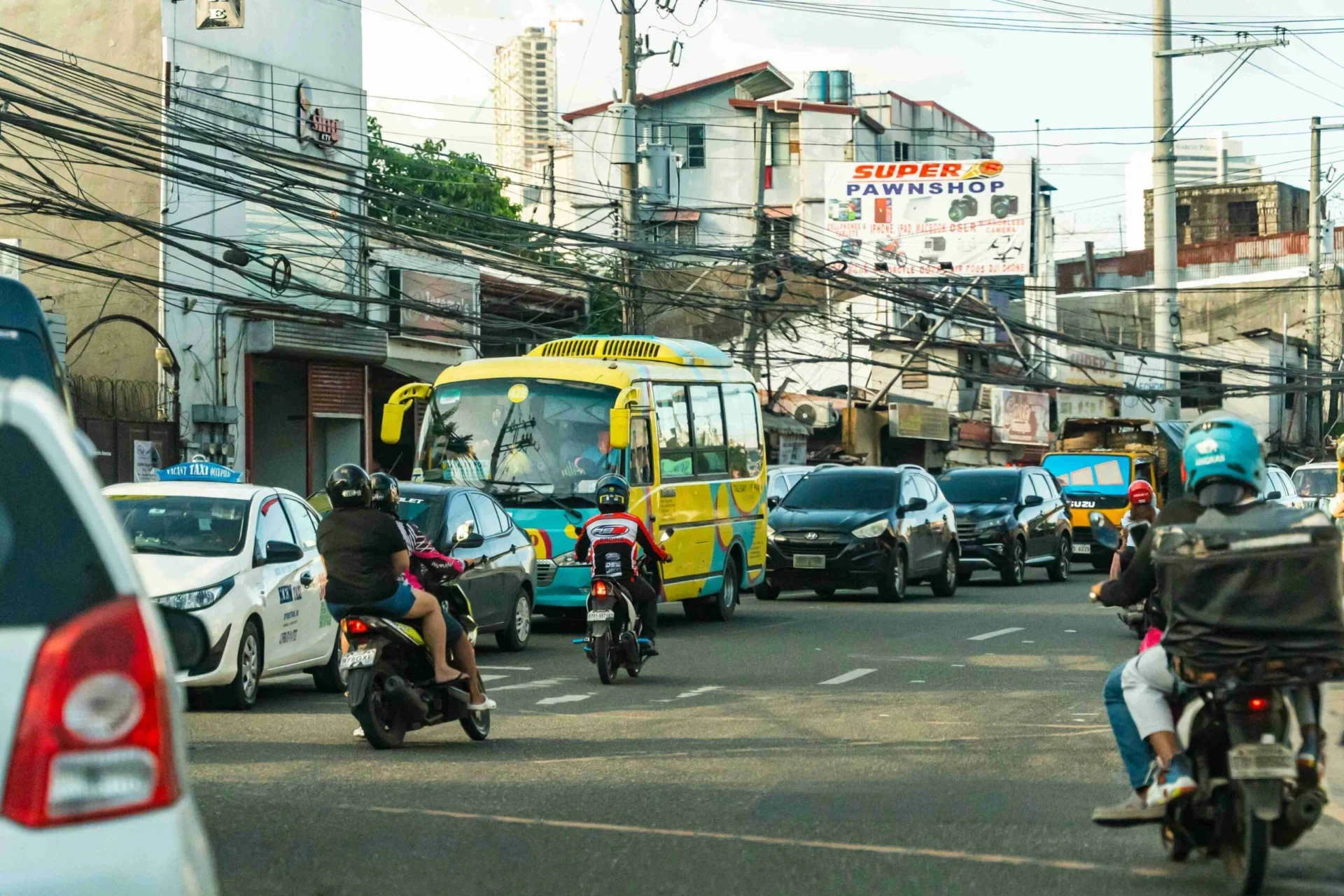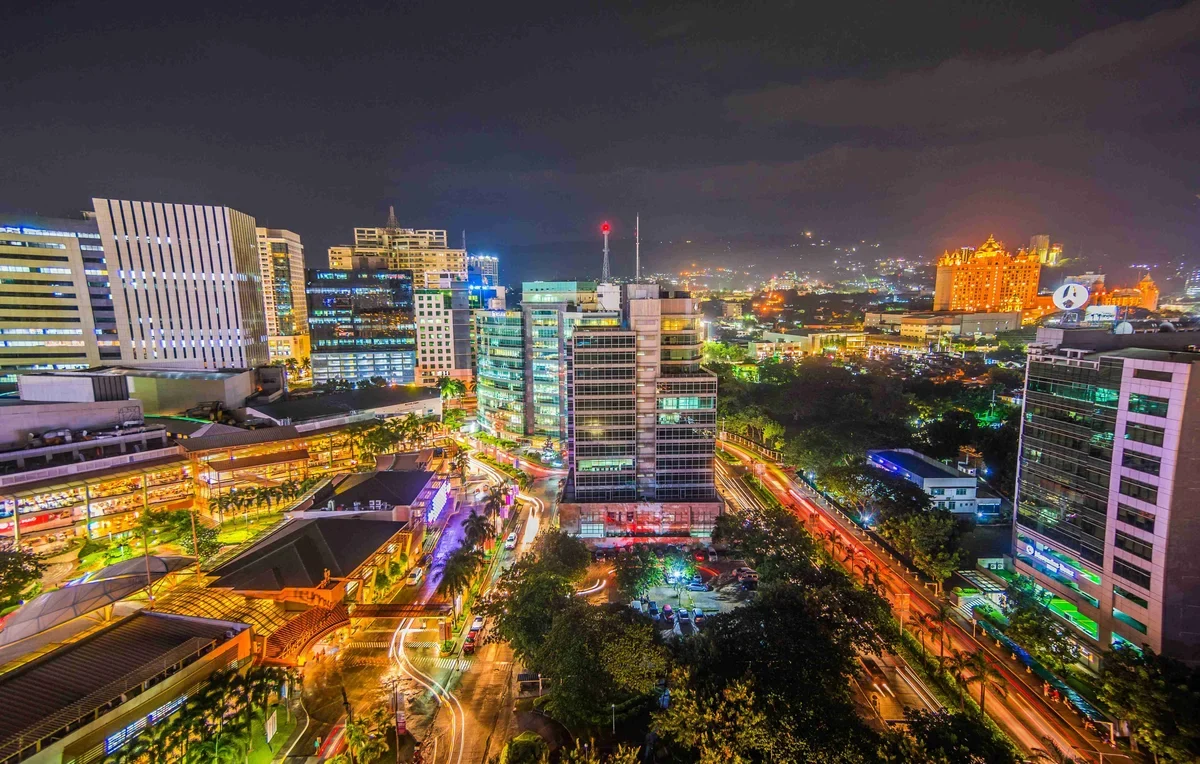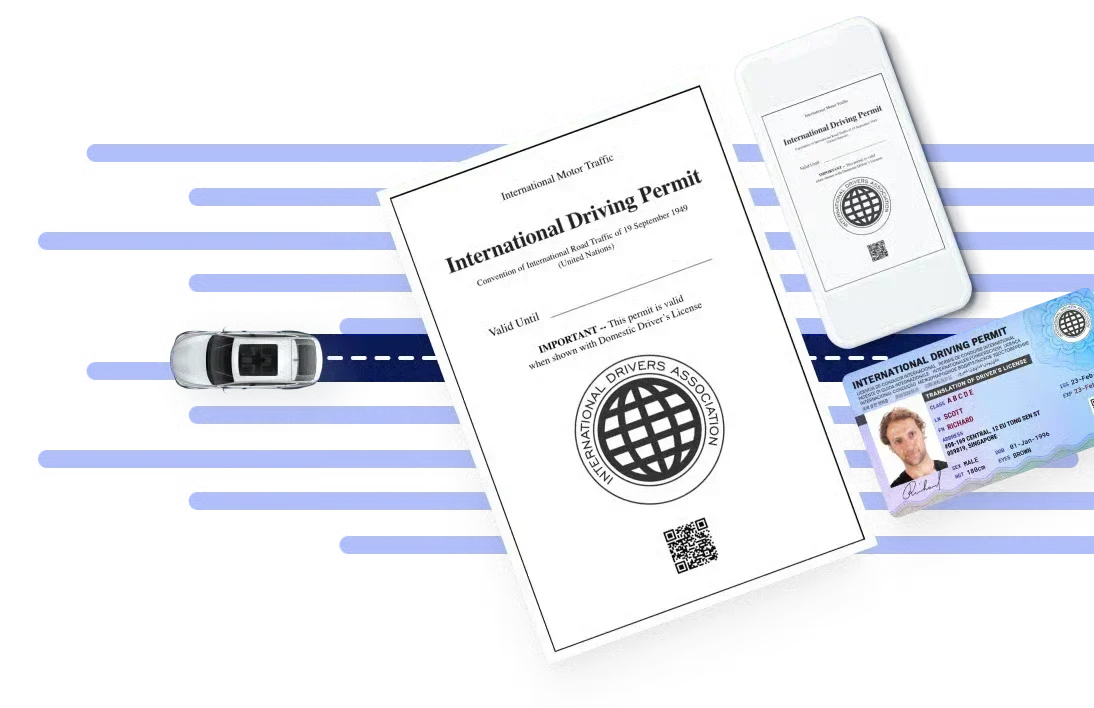Dubbed Queen City of the South, Cebu is a beloved island getaway famed for its picturesque beaches, vibrant festivals, and local cuisine that have captured many hearts and satisfied many stomachs. With every corner of the premier province leaving tourists and locals returning for more, it’s no wonder the former capital has gained the moniker of the Gateway to a Thousand Journeys, and it truly lives up to the title. Whether a weekend escapade or a day trip from Cebu, there’s something for everyone on this bustling island.
With so much to explore, knowing how to navigate the available public transportation options can significantly enhance your travel experience. Luckily, traffic isn’t as severe as in Metro Manila, although it can get quite busy in urban areas like Cebu City, especially during rush hour.
In this guide, we’ll explore the various modes of transport that will help you uncover the corners of Cebu like a pro. Adto na ta!
Various Modes of Transportation in Cebu

Source: Photo by Hitoshi Namura on Unsplash
Traveling around Cebu has never been easier with these various transportation choices, from land to sea.
Bus

Source: Photo by Orbital 101 Studio on Unsplash
Taking the bus is a cost-effective mode for commuters to travel long distances without paying extra. Bus lines like those operated by Ceres and MyBus cover different routes connecting major areas and key establishments. Fancy going to the mall for some retail therapy? Ride a city bus to SM City or SM Seaside, where you can shop till you drop!
You can find two main bus terminals in Cebu City: the Cebu North Bus Terminal (CNBT) and the Cebu South Bus Terminal (CSBT). The CNBT is a hub for northbound trips and destinations like Malapascua Island. The CSBT, on the other hand, is ideal for journeys to destinations and tourist attractions in southern provinces like Oslob and Moalboal.
Jeepneys

Source: Photo by Hitoshi Namura on Unsplash
Perhaps the most iconic transportation option in the Philippines, jeepneys, or simply jeep, serve specific routes across Cebu. With jeepney stops throughout the province, you can easily hop on one to reach your destination faster. Fares are inexpensive, usually around 10 pesos (0.18 USD), making them the most affordable option.
Hailing a jeepney is like hailing a taxi. Pay by passing your fare directly to the driver or a fellow passenger while saying “palihug”, equivalent to “bayad po” in Tagalog. When you need the driver to pull over, just call out “lugar lang”, and you’ve guessed it—it’s like saying “para po”.
BEEP (Bus-Jeepney)
The BEEP, a modern hybrid of the bus and jeep, puts a contemporary twist on the traditional Philippine jeepneys Filipinos know and love. These modern jeepneys are air-conditioned and equipped with closed-circuit televisions, so expect the fare to be slightly higher than old jeepneys. Recently, some of these modern innovations have adopted the use of Visa cards for payment, making transactions even more convenient and hassle-free!
Taxi

Source: Photo by Orbital 101 Studio on Unsplash
Taxis are available throughout Cebu, particularly in Metro Cebu. Depending on your location and destination, the flag-down rate usually starts around ₱40 ($0.71), with an increment of ₱14 ($0.25) for each kilometer traveled. Find metered taxis to avoid shady drivers trying to pull a fast one on you.
Tricycle

Source: Photo by Denniz Futalan
If you’re exploring the more rural areas of Cebu, then opt to take a tricycle. One of the country’s most common transportation, the tricycle is a public utility vehicle that can help you traverse neighborhoods with narrow streets.
Ferry and Boat

Source: Photo by Hitoshi Namura on Unsplash
Cebu boasts 167 neighboring smaller islands, and if you’re looking to venture into at least one or two like Bohol and Bantayan, ferries and boats will be your best friend. Maybe you would like a quick and scenic day trip to Lapu-Lapu City on Mactan Island or a longer route to Ormoc in Leyte.
Fares can cost between $2 to $20 depending on the ferry company and travel distance. Generally, ferries offering long routes usually run 24 hours a day, while those for short routes typically operate from 6:00 a.m. to 9:00 p.m.
Other Transport Options in Cebu
Trisikad
Meet the tricycle’s little cousin, the trisikad. While the tricycle is motor-powered and can accommodate up to six passengers, the trisikad or pedicab is a bicycle with a sidecar, only fitting 2-3 persons. Because the trisikad is manually pedaled by the driver, it’s local custom to give a tip!
Habal-habal
Looking for a more thrilling ride around the city? Take a habal-habal or a modified motorcycle equipped with an extended rear. Fair warning: This mode of transportation is unregulated and considered dangerous, with cautionary tales of high-speed collisions and poor safety precautions. Although deemed illegal, these motorcycle taxis remain highly popular among the locals.
Ride-Hailing Services
Thought you could only book a Grab or Angkas ride in Luzon? Think again. These ride-hailing services have also made it to the Visayas region. Say hello to modern convenience with these apps that allow you to book your preferred vehicle conveniently with just a tap on your phone.
Public Transport Tips
- Know your route: Familiarize yourself with bus and jeepney routes before traveling. This includes understanding the various bus services that provide specific routes to different areas.
- Have cash on hand: Most public transit only accepts cash. Keep small bills or coins handy to make transactions easier, especially for jeepneys and tricycles.
- Dress light: When traveling to Cebu, wear light and breathable clothing. Although Cebu feels cooler than Metro Manila because of its coastal location, the overall weather in the Philippines remains hot and humid.
- Keep belongings secure: Be mindful of your surroundings when going out.
- Travel off-peak: Want to beat the crowd? Travel during non-peak hours or when there are fewer people.
- Use ride-sharing apps. Consider alternative methods for public transit when commuting, especially when regular transportation fails or during rush hour.
Frequently-Asked-Questions (FAQs)
How do I check the jeepney routes?
Filipino jeepneys have designated codes made up of a two-digit number and letter combination that correspond to specific areas and routes. Learn them, and you’ll be traversing the city like a pro in no time.
Are there public transport options at night?
Yes, you’ll still be able to catch the bus or a taxi even late at night, but jeepneys and tricycles may be scarce. Consider booking a ride-hailing service instead.
How do I stay safe when commuting?
Cebu is generally safe, but it’s good practice to remain cautious when going out and using public transportation. Keep your bag in front of you and stay vigilant in crowded areas.
Do people in Cebu speak English?
Yes! In fact, you can easily navigate your time on the island just by speaking English. People in Cebu generally speak their native language (Cebuano) and English. Conversing in Tagalog is another story, and while they could hold conversations in Tagalog, it may be best to learn Cebuano phrases or just stick with English.
What are some travel apps that can help me navigate Cebu?
Aside from your go-to ride-hailing apps, you can never go wrong with having Google Maps on your mobile. Waze is also a popular navigation app in the Philippines, mainly for getting real-time information about everything on the road, from traffic to roadwork.
Should I get a local SIM card?
We recommend getting a local SIM card when landing on the beautiful island of Cebu. Not only will you stay connected, but you can also access maps and travel apps to help you navigate the area more easily.
Get Around Cebu Like a Local
Cebu is home to numerous marvelous wonders waiting to be discovered. Fortunately, the island has plenty of ways of getting around, whether you’re taking a jeepney to the local market or booking an Angkas to beat Cebu’s rush hour.
You’ll love it here that you might even consider embarking on a Cebu road trip, with local transport choices to help you reach the narrowest of roads or the farthest of islands. Don’t have a ride? Rent a car and set out to explore this beautiful island, and make sure you secure your international driver document for an unforgettable road trip experience.







